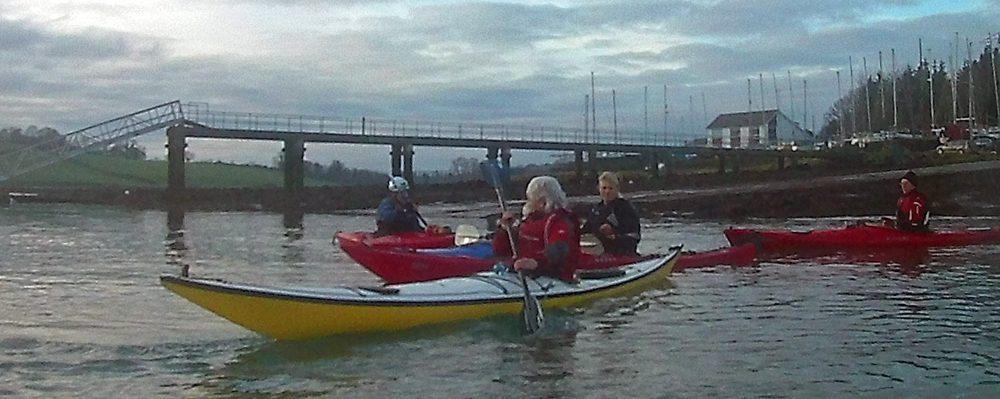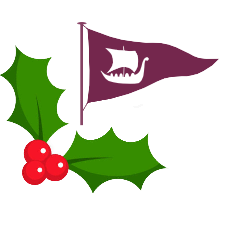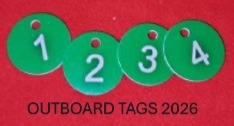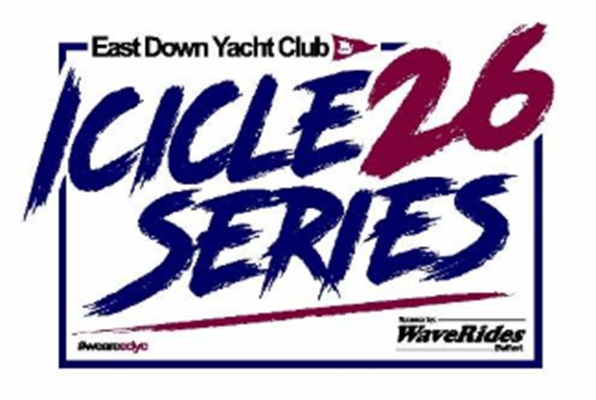Advice and guidance for your kayak or canoe paddle trip
Spending time canoeing and kayaking is a great way to experience nature and enjoy time with friends and family. It can also be a dangerous journey if appropriate safety guidelines are overlooked. Ensure you are properly equipped and have the skills for the water and weather conditions you expect to encounter; canoeing alone is not recommended.
Always let someone know where you are going and when you expect to return.
If you change your route while on the water, let someone know and always carry a means of communication on your person, in case you and your boat get separated.
More guidance by talking to experienced canoeists or reading further.
Be Prepared – ensure your craft is safe and appropriate for the waterway you plan to visit. Beginners should be accompanied by a more experienced paddler. Remember to take a map, mobile phone or VHF and first aid kit, and it may be useful to take a change of clothes, towel, dry bag to keep items dry and a group shelter.
Wear a Personal Flotation Device – Buoyancy Aid or Lifejacket – always wear a suitable flotation device when on or near the water. The Personal Flotation Device should be fitted with a whistle to attract attention. It is important that the Personal Flotation Device is fitted correctly, and straps adjusted to fit the individual wearer. Wear appropriate clothing, e.g. a wetsuit. Be aware of the dangers of hypothermia when wet and exposed to the elements. Dress for immersion.
Preparation for a safe, fun paddle should include checking the weather forecast – Be aware of the forecasted weather conditions. The open waters of Strangford lough can be very challenging, and paddlers should choose a route suitable for their level of experience. EDYC will be running a series of trips throughout the season and these will be posted on the club calendar.
For coastal canoe trails, check the tide times and assess whether they are suitable for paddling the trail. Make sure you are not going to get caught on mud flats on a falling tide, or on Angus rock on an ebb tide 😊. I would definitely avoid the Routen wheel whirlpools on the 3rd and 4th hr after spring high tide !!!!!
Familiarise yourself with the local area, its sensitive places and protected areas. Be sure to:
- Leave the environment as you find it
- Take your litter home with you
- Keep noise to a minimum
- Do not damage shore side vegetation when launching or landing
- Where possible keep to any designated paths or launching points
- Canoe a safe distance away from wildlife
- Rinse your kit down to prevent the spread of non-native invasive species
And lastly check your kit.
Use this checklist to make sure you have everything you need, and check your kit is in good condition.
1. Buoyancy aid
2. Boat
3. Paddle
4. Spray deck (as required)
5. Bailer/sponge
6. Small first aid kit
7. Penknife
8. Mobile phone VHF in waterproof bag (reception maybe limited in some areas)
9. Drinking water
10. Sun cream, hat and sunglasses
11. Light waterproof jacket
12. Footwear
And once you’ve read through all of the above have a great time paddling.
See you on the water
Paul Killen March 22






